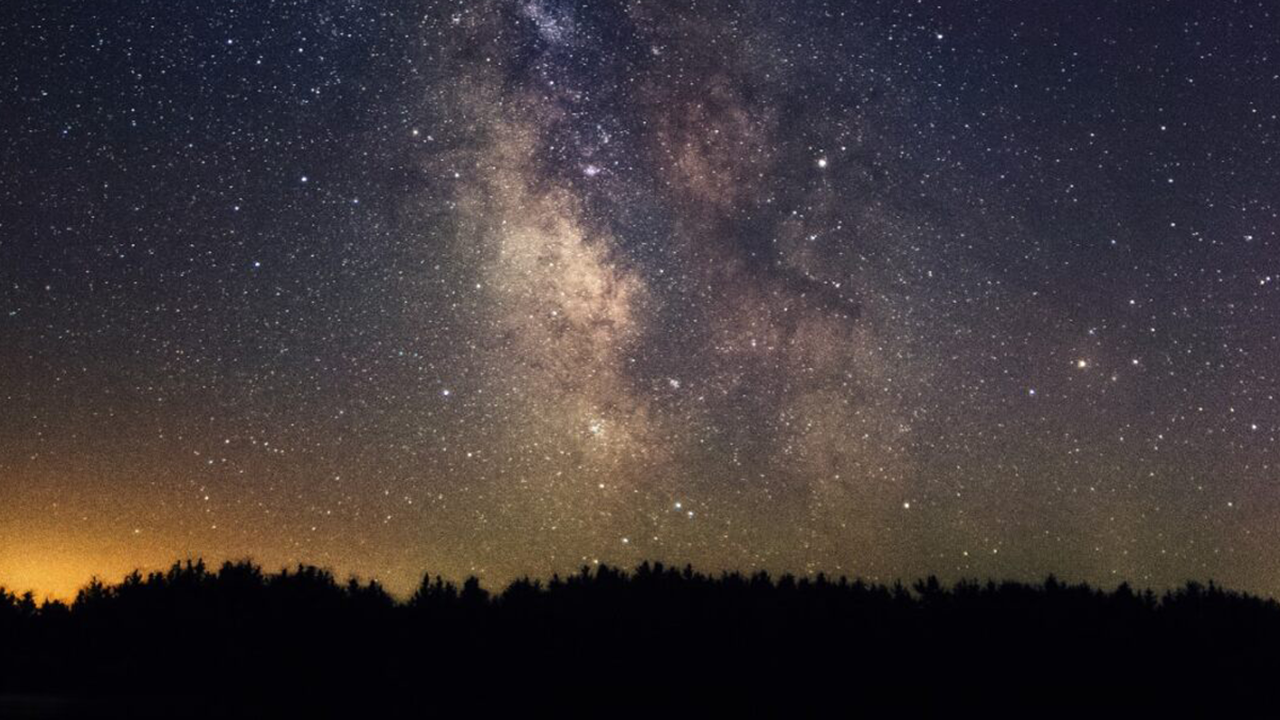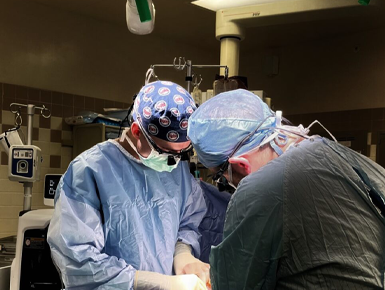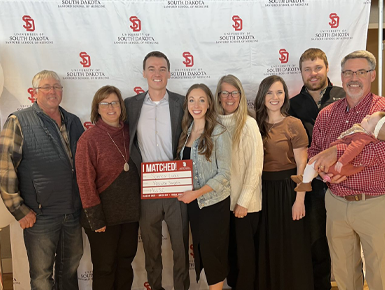Shooting for the Stars: Alumnus Spencer Lucas Draws Parallels Between Photography, Medicine

Self-taught through YouTube videos and trial and error, the Alexandria, Minnesota, native said that his initial interest likely stems back to social media over a decade ago. “I think I was that kid in middle school posting 10 photos in a single day. I don’t even think I had any followers yet, but that was definitely when this passion of photography started.”
Lucas dabbled in taking photos of just about everything, including landscapes, people, animals and the night sky. “I remember branching out and following a professional photographer whose job was to take photos of food for magazines,” he said. “I obviously never got into that type of photography, but I think that’s where I figured out that there are so many different ways you can appreciate photography.”
While he has noticed that his preferences have slowly changed over the years, he has always had an unwavering fascination with astrophotography. The goal of astrophotography is to capture photos of night skies and visualize the stars, planets and other celestial events.
“Sometimes the photos are unplanned and I get lucky,” Lucas said. “I could be simply driving home and look outside and see a beautiful sky and think ‘dang, that looks good,’ and head out to a park or lake to snap some photos.”
To some, it might seem as easy as finding a clear, dark sky and pointing the camera up. But Lucas explains that many external factors significantly affect the sky visibility and effectiveness of his camera. So, to guarantee a good shot, substantial research must be done to coordinate the weather, cloud cover, wind speed, humidity, moon phase, distance to city lights and even the time of year.
But regardless of whether he gets a good photo or not, Lucas says that this hobby has reminded him of how “beautiful our lives are on the planet.”

In fact, Lucas says that photography has many similarities to medicine. “A photographer’s job is at the mercy of a lot of external circumstances, like clouds, light pollution, wind and moon phases,” he said. “In the world of surgery, our lives are also at the mercy of external circumstances. It would be easy to get frustrated when it appears everything is working against you. But it is so worth it when you get that perfect shot, and sometimes, it’s even better than you expected.”

“In vascular surgery, we take a lot of photos during endovascular procedures,” said Lucas. “The specialty as a whole is very dependent on imaging and technology. That’s something that made me interested in the specialty. It combines imagery and the ability to be creative with how we can help our patients.
“We are taught early on in school that everything is either black or white,” he continued. “I learned quickly after starting my clinical rotations that we live in a world of gray.”
In many ways, medicine is truly a world of gray. Yet somehow, Lucas continues to find the color and shoots for the stars, literally, in all that he does.
This story was written by Cole Tessendorf, Callie Olson and Autumn Hurd, students in the USD Sanford School of Medicine Student News Group.
